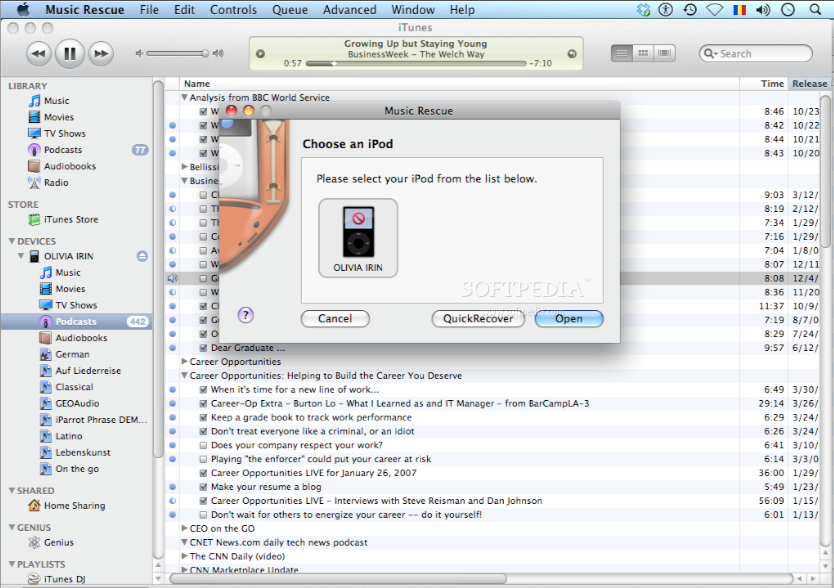

55488-0002 email: Please include a full name, city and phone number. Readers may write to him at Tech Q&A, 425 Portland Ave.
#IPHONE MUSIC RESCUE ANDROID#
Steve Alexander covers technology for the Minneapolis Star Tribune. Trusted by millions of users worldwide, iMobie keeps giving you the most reliable iPhone data manager - AnyTrans, phone data recovery software - PhoneRescue, Android data manager - AnyDroid, iPhone password unlocker - AnyUnlock, iOS system recovery - AnyFix, iOS cleaner - PhoneClean, and Mac cleaner - MacClean. Risk is the price we pay for convenience. Store your passwords in an obscure place, such an old e-mail message or an online storage service (again, don’t call the file “passwords”).īut with these methods you still run a modest risk of theft, a disk drive crash or being hacked.Store your passwords in your web browser or in “password management software” (see /y7oxcgtb and /yaeea2uv).Continue to keep the passwords in a Word file (just don’t call the file “passwords”).Write your passwords down on paper and carry the paper in your wallet.

Two-part protective case made from a premium scratch-resistant polycarbonate shell. Keeping your passwords readily available is practical but a bit risky. A vinyl lover enjoys collecting vinyl records to play and listen to music. Its great features include the ability to download your favourite tracks and play them offline, lyrics in real time, listening across all your favourite devices, new music personalised just for you, curated playlists from our editors, and many more. What are the risks of storing passwords on my PC, in the cloud or on paper?Ī. Apple Music is a streaming service that allows you to listen to over 90 million songs. I have too many passwords to memorize, so I store them in a Word document on my PC. If you don’t want to use the Gmail attach command, select a Word file in Windows Explorer, then “drag” it to a new Gmail message. Because Gmail is “webmail,” it only exists online rather than on your PC. That command only works if you are using a PC-based e-mail program such as Outlook. You can’t e-mail a Word document via Gmail using Word’s e-mail command. Instead, I have to open Gmail to attach the Word document to an e-mail. But when I try to use the e-mail function in Microsoft Word, it doesn’t work. I’ve switched to Gmail from Microsoft’s Outlook e-mail program. It’s better to use a specialty syncing program like those above. Why not use iTunes? After software changes, the iTunes sync feature has problems that go beyond the accidental deletion of songs (see /yc27j3db and /y9whozzd).


 0 kommentar(er)
0 kommentar(er)
